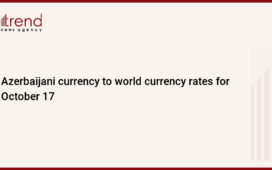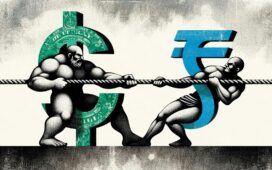What’s going on here?
Currency markets are abuzz as the Australian dollar jumps on strong job data, while the US dollar gains traction with improving election prospects and expected ECB rate cuts.
What does this mean?
The Australian dollar leaped 0.41% to $0.66935 due to September’s surprise job surge of 64,100 positions, causing traders to reconsider a December Reserve Bank rate cut. Meanwhile, the US dollar is closing in on an 11-week high, fueled by solid economic data and potential Trump re-election impacts, which might lead to a less hawkish Federal Reserve approach. Across the pond, the euro slipped to a two-month low of $1.0851, amid expectations of European Central Bank rate cuts. The yuan saw mixed movements following China’s property sector support measures, while the New Zealand dollar inched up as inflation indicators eased.
Why should I care?
For markets: Navigating a complex currency landscape.
Australian employment data bolsters the local dollar, prompting investors to consider future interest rate impacts. A potential Trump victory could push the US dollar higher, affecting bond markets. The euro’s decline necessitates caution ahead of ECB moves, while China’s property initiatives sway yuan values. This intricate currency mix requires savvy investor navigation.
The bigger picture: Global economic shifts shaping currency trends.
The dynamic between US political outcomes, China’s economic maneuvers, and Eurozone monetary tweaks marks a period of impactful global economic changes. These factors are reshaping currency markets and affecting wider market outlooks, necessitating an understanding of these trends for strategic economic positioning and cross-border financial equilibrium.





